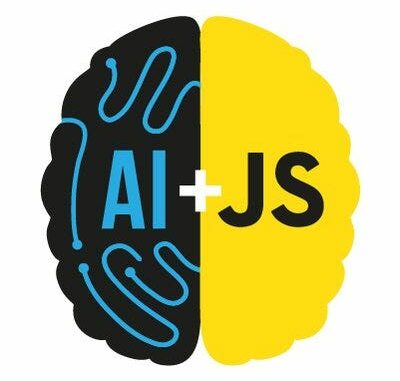
JavaScript’s ascendancy in AI can be attributed to several factors. Firstly, its ubiquity: JavaScript is the lingua franca of the web, powering a vast array of applications and platforms. Its widespread adoption has led to a rich ecosystem of libraries, frameworks, and tools, making it an attractive choice for AI development.
Moreover, JavaScript’s versatility enables developers to seamlessly integrate AI functionalities into web applications, leveraging its dynamic nature and asynchronous capabilities. With the advent of Node.js, JavaScript can now be employed for server-side scripting, enabling AI-powered applications to be deployed across various environments.
One of the primary reasons behind JavaScript’s growing prominence in AI is the proliferation of specialized libraries and frameworks tailored for machine learning and deep learning tasks. TensorFlow.js, developed by Google, stands out as a prominent example. This library allows developers to build and train machine learning models directly in the browser or on Node.js, democratizing AI development and enabling the creation of AI-driven web experiences.
Similarly, libraries like Brain.js and Synaptic facilitate the implementation of neural networks and other AI algorithms in JavaScript, empowering developers to explore complex AI architectures without having to switch to alternative languages. These libraries abstract away the intricacies of low-level programming, enabling rapid prototyping and experimentation.
Natural Language Processing (NLP) represents a critical component of many AI applications, ranging from chatbots to sentiment analysis. JavaScript offers several robust libraries for NLP tasks, such as Natural, Compromise, and NLP.js. These libraries provide functionalities for tokenization, part-of-speech tagging, entity recognition, and more, enabling developers to build sophisticated language processing pipelines entirely in JavaScript.
While JavaScript’s capabilities in AI continue to expand, it’s essential to acknowledge that Python remains the dominant language in this field. Python boasts a vast ecosystem of AI libraries and frameworks, including TensorFlow, PyTorch, and scikit-learn, along with extensive community support and documentation.
Fortunately, interoperability between JavaScript and Python has become increasingly seamless, thanks to projects like TensorFlow.js and Pyodide. These initiatives enable developers to leverage Python’s extensive AI toolset within JavaScript environments, bridging the gap between the two languages and capitalizing on their respective strengths.
In conclusion, JavaScript’s journey from a client-side scripting language to a formidable player in the field of AI underscores its adaptability and versatility. With the advent of specialized libraries, frameworks, and tools, JavaScript has become a viable choice for developing AI-powered applications, particularly in web-centric contexts.
As the boundaries between web development and AI continue to blur, JavaScript’s role in shaping the future of intelligent applications is poised to expand further. By harnessing the power of JavaScript, developers can unlock new possibilities in AI innovation, democratizing access to advanced technologies and driving the next wave of digital transformation.
Sincerely,
Elmar Abdulkarimov

Be the first to comment